Drag Coefficients Explained: Which Kind Of Car Is Slippiest?
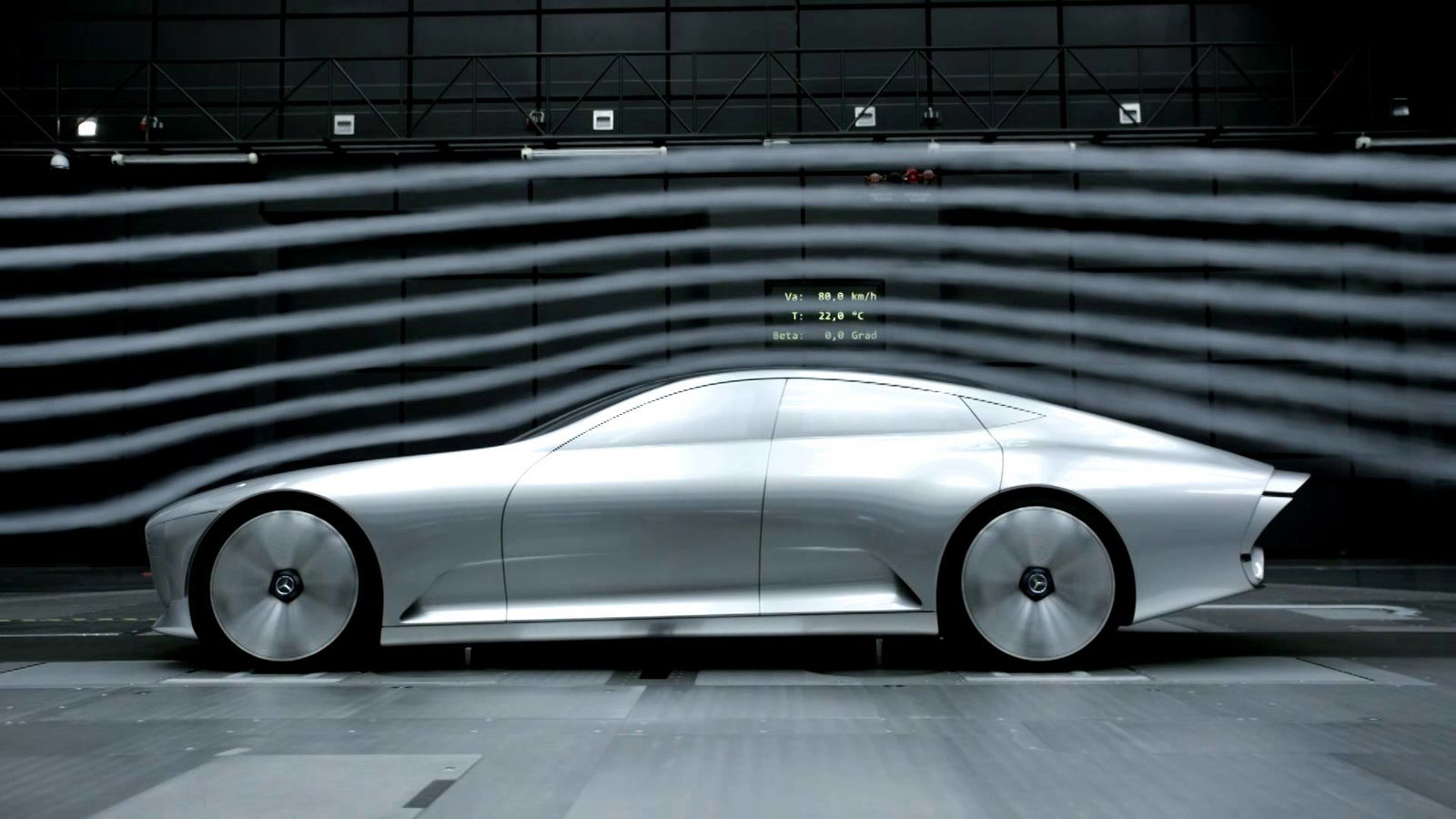
Drag force can either be seen as a help or a hindrance depending on the automotive application. In motorsport, race car design is one big battle between low drag and downforce, with the happy-medium being active aerodynamics to decrease the induced drag from devices like large rear wings.
In the real world, road cars only really need to decrease drag force, especially in this age of fuel consumption obsession. The main component that judges whether a car is aerodynamically efficient is known as the drag coefficient, effectively giving a value to how well a vehicle can cut its way through air.

Drag force on a vehicle acts on the same plane as the direction of motion (horizontally) and increases exponentially as speed increases. This makes a car’s aerodynamic properties particularly important for hypercar developers like Bugatti. A low coefficient is conducive to high top speed and low fuel consumption, while a higher drag coefficient is generally found in cars searching for high cornering speeds influenced by downforce.
To understand exactly what this value means, let’s take a look at the engineering equation used to calculate the coefficient:
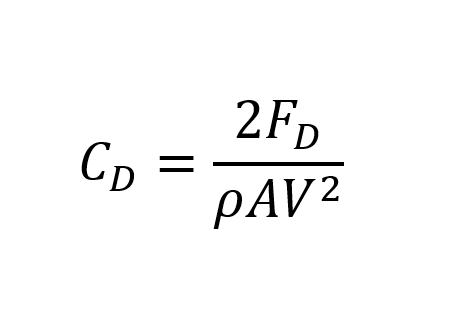
This equation uses:
• FD - Drag force
• ρ - Air density
• V - Air speed
• A - Frontal area
It shows that a car’s coefficient of drag can be found by analysing the drag force acting on the car at a given speed. The component within the equation that will have the largest effect on car design will be the frontal area, as this will shape the front profile of the car, influencing the rest of the design. This is why something like a Bugatti Veyron sits nice and snug on the tarmac with a small and efficient frontal profile when compared to something like a family saloon or hatchback.

The drag force can be found either through physical testing in a wind tunnel or through computational fluid dynamics (or CFD) which simulates the fluid flow through a computer programme. Although both methods can be accurate, nothing in the engineering world beats physical testing, where the true real world effects of the air passing over the car can be recorded to influence any design tweaks needed to the bodywork.
Stories have floated around Formula 1 paddocks of trusting CFD analysis on front and rear wings only for them to completely defy aerodynamic logic during a race weekend. So there really is no replacement for either scale or full-size aerodynamic testing in a wind tunnel.
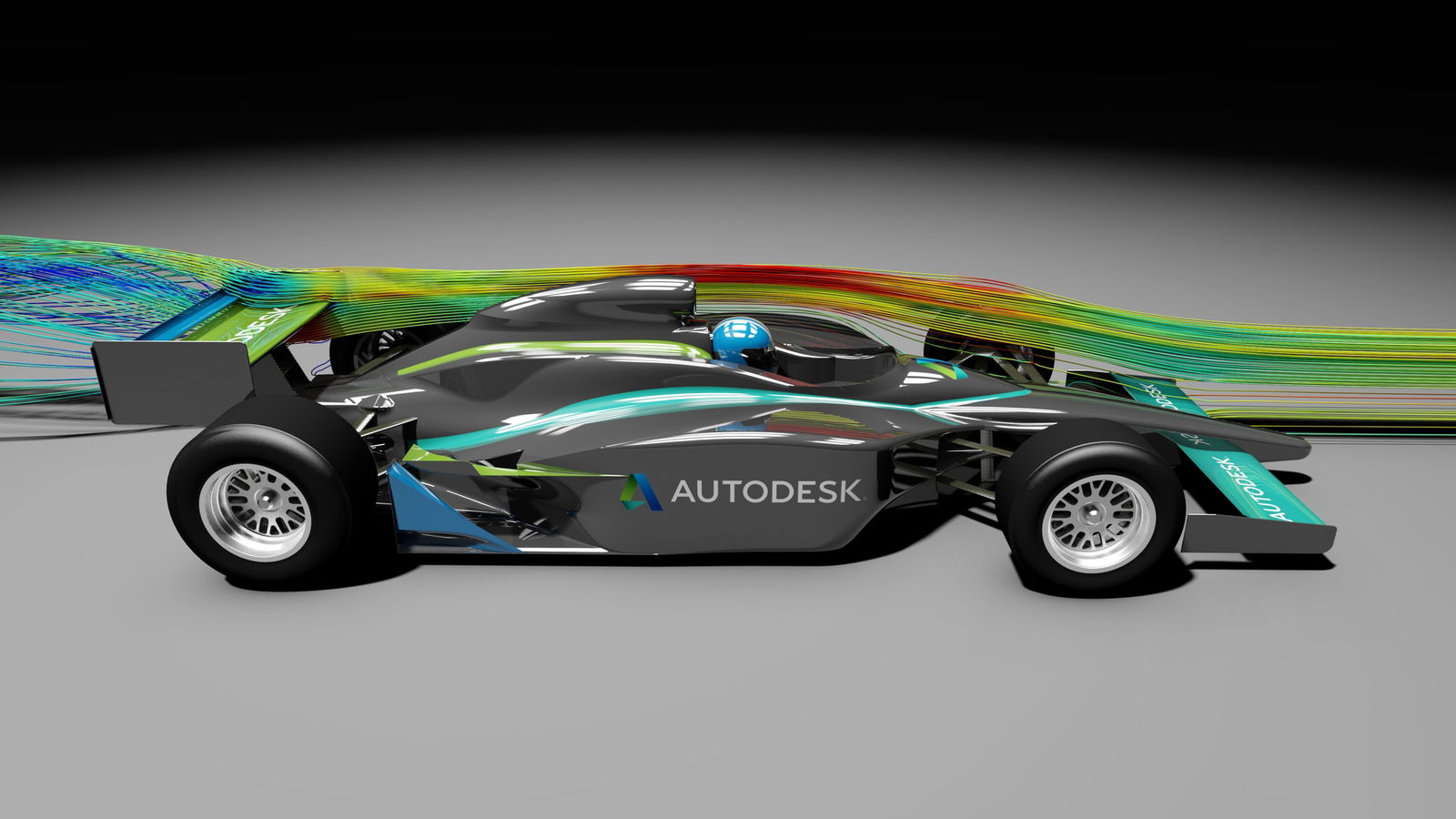
The value of drag coefficient for a something of the general dimensions of a car lies around the 0.3-0.4 mark. Extremes are created by such machines as the eco-friendly solar powered vehicles you see companies producing now and again like the Shell Ecorunner V that somehow achieves a coefficient of just 0.05. At the other end of the spectrum are the single seat racers, with some heavily-aeroed Formula 1 cars seeing values of up to 1.1.
To provide a reference for drag coefficients given to certain cars, here’s a quick run-down of some values that may surprise you:
Alfa Romeo Giulia - 0.25

Porsche 911 997 GT2 - 0.32

Ford Focus RS - 0.355

Alfa Romeo Disco Volante - 0.26

Shell Ecorunner V - 0.05
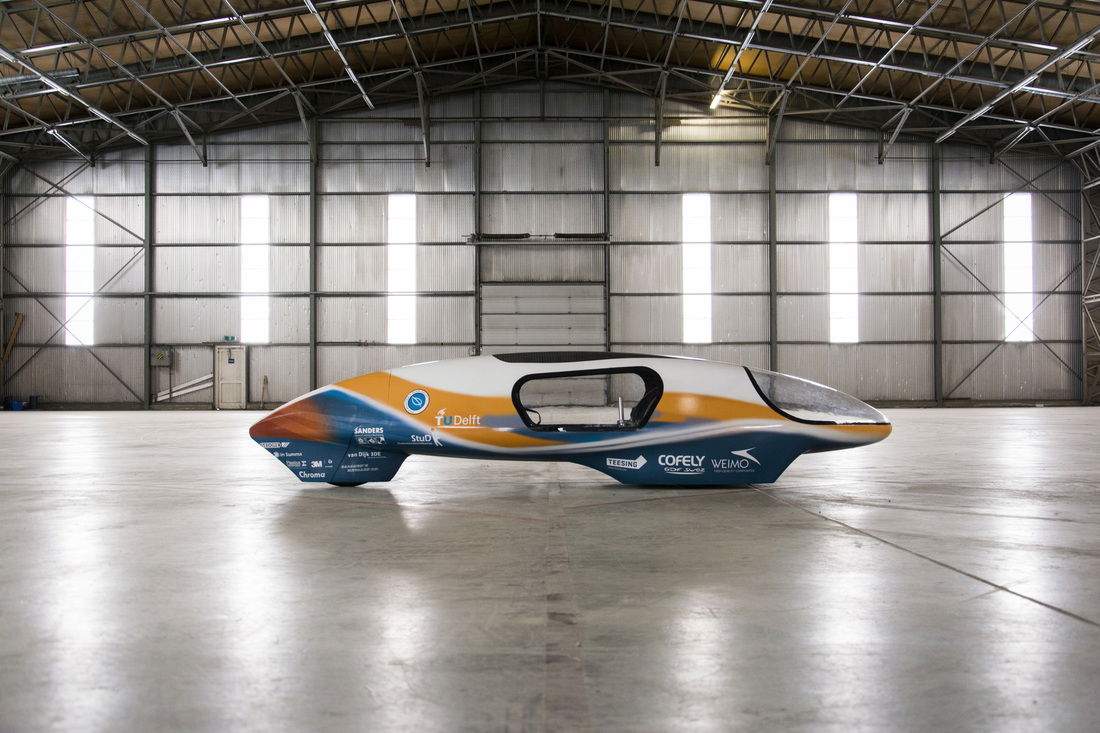
Formula 1 car - 0.7-1.1

Car manufacturers have been including drag coefficients within their car’s stats much more in the last decade, coinciding with the transition towards eco-friendly motoring. Most hatchback and saloon car producers want you to seem like you’re coursing down the motorway at 70mph without disturbing the slightest bit of air, cutting through it like a slippery salmon.
On the contrary, some drag force is very much needed to keep all four wheels firmly stuck on the tarmac in a controllable manner, and of course you want to make sure some airflow is slapping up against the radiators and other heat exchangers that your vehicle may have to maximise cooling. It seems the industry has very much settled on producing cars in the 0.3 region, both from a design and practicality point of view, but stray below that and you will save plenty cash on your monthly fuel bill, along with a very healthy potential top speed.
Do you know of any cars that have particularly low drag coefficients? Are you surprised at how slippery some cars are compared to others? Comment with your thoughts below!
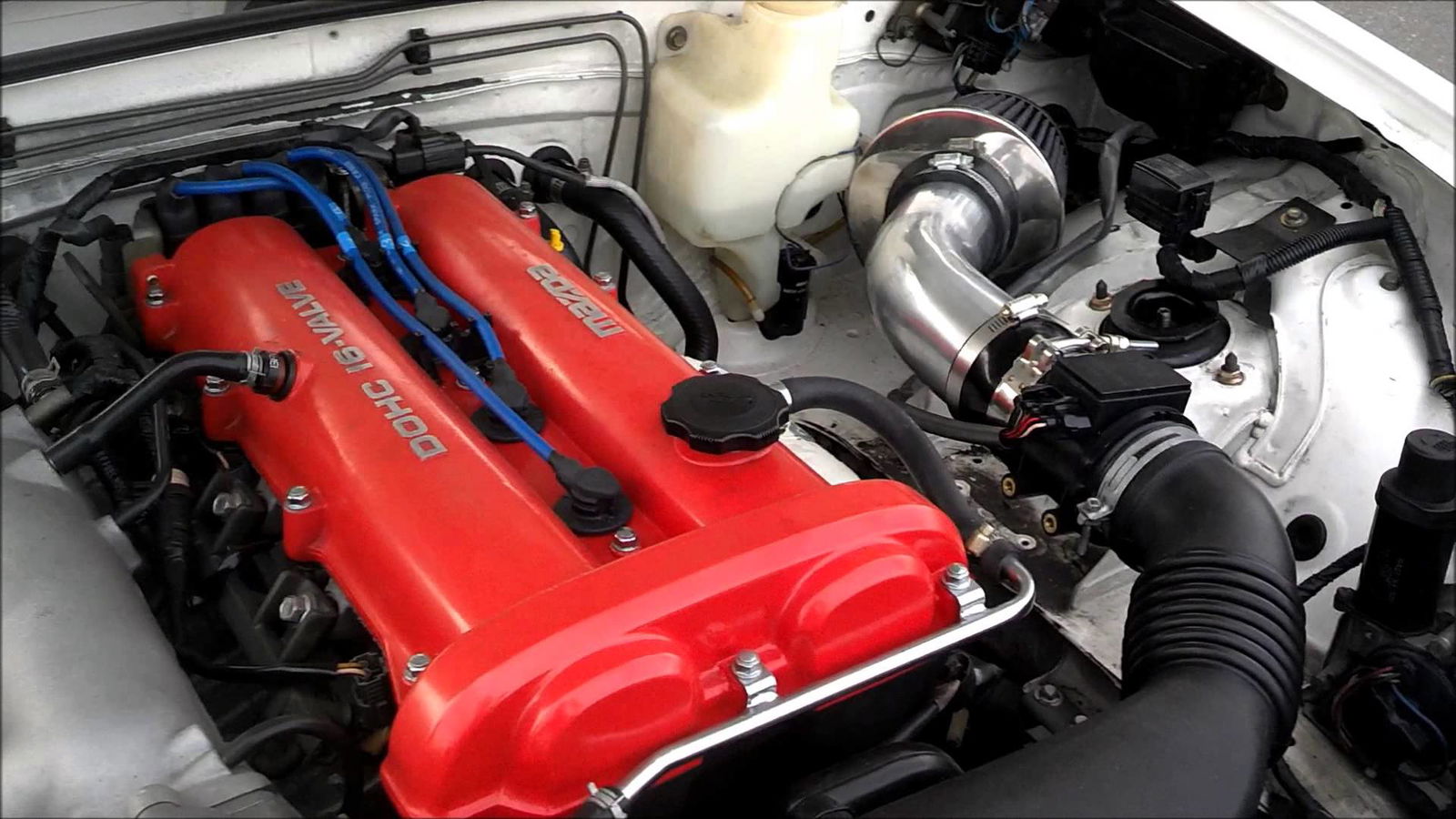
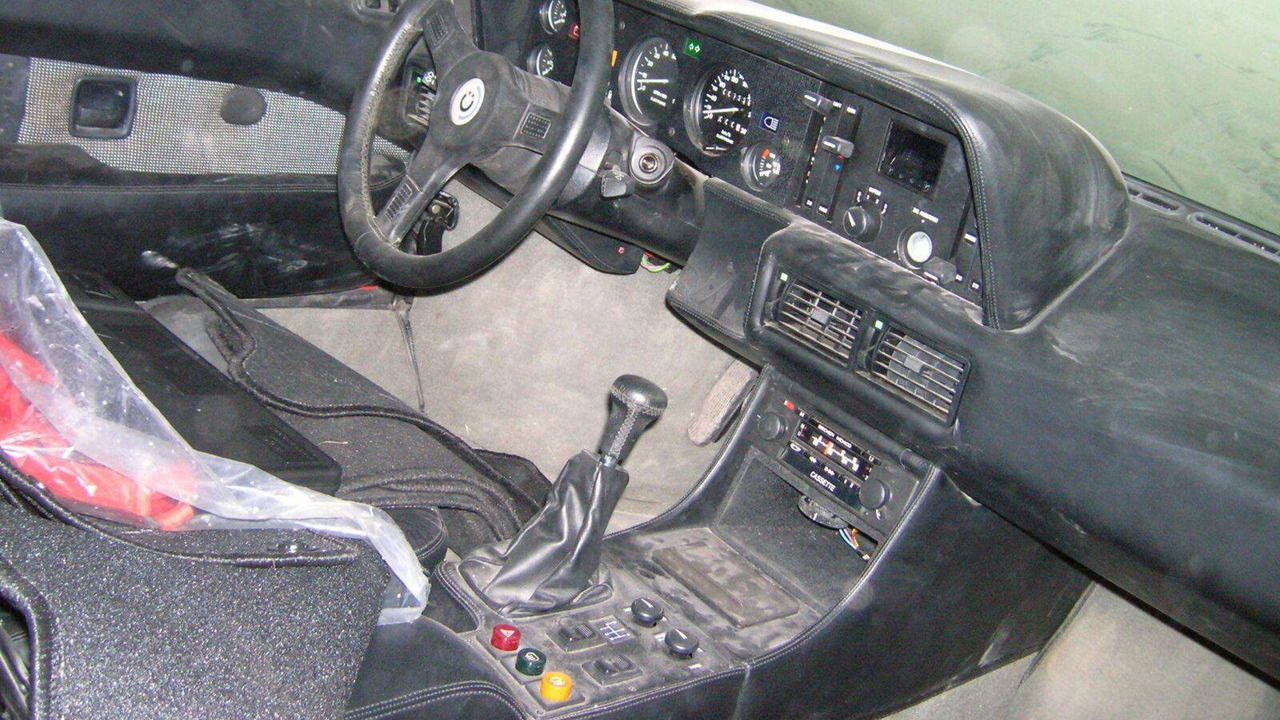










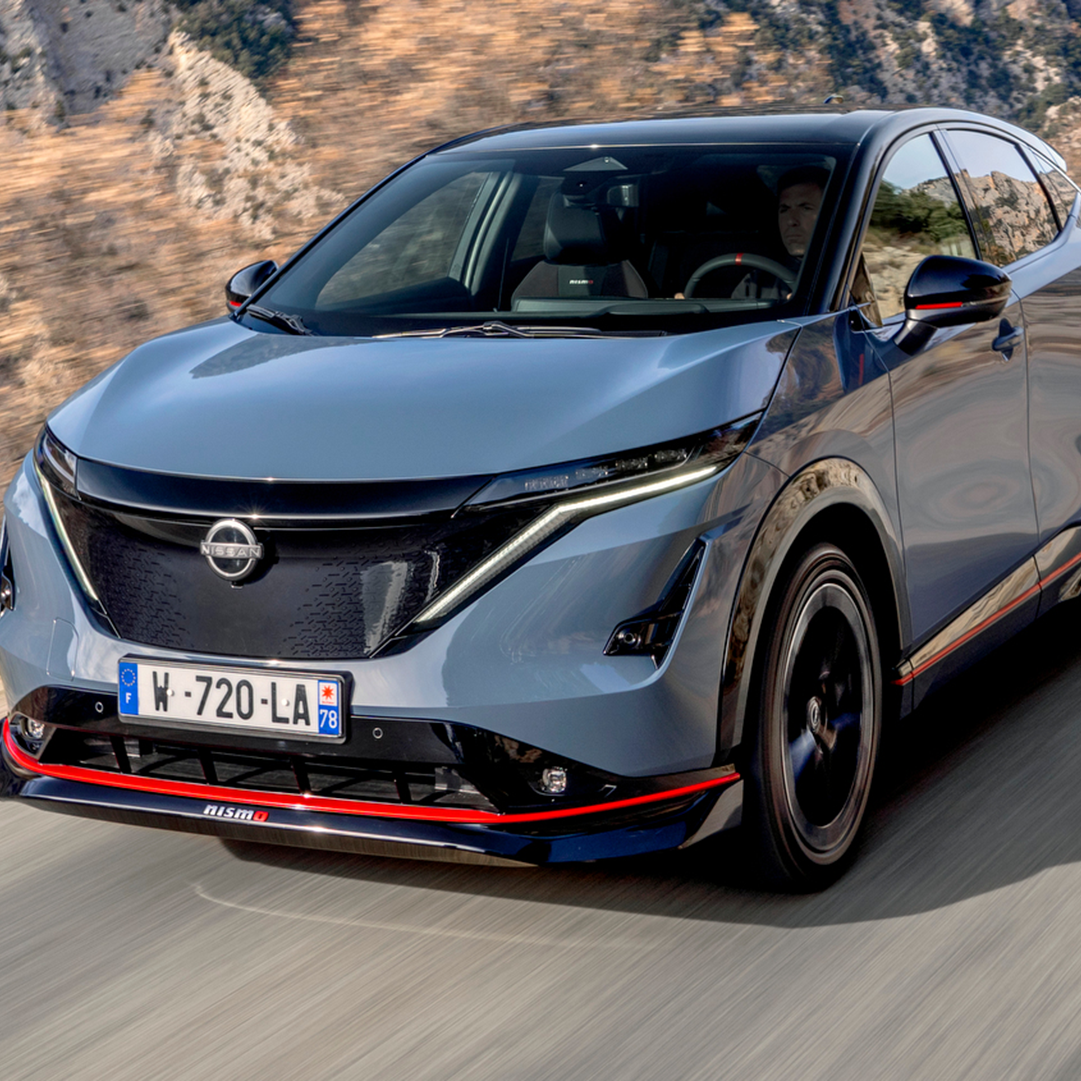

Comments
A posted drag coefficiency between .288 and .3
Opel Calibra with 0.26 was mind blowing at the time! Would have loved to know which chassis type is the best/worst. Sedan, wagon, hatchback, coupé…
Doesn’t the Prius have a drag coefficient of like 0.17?
It is weird. Cars that look aerodynamic have a worse CW figure than those which look brick-like… My old Volvo 960 had a 0.32 figure… Box on wheels. My Jaguar XJ-S has 0.4. The Jag is more flowing, has a smaller impact area etc.
It amuses me that a current t Audi A4, designed to be a car, has the same CD as the current, designed to be eco above all else, horrid Prius
0.34 in my cross polo
Drag and downforce are sorta like squares and quadrilaterals
Just like not all quadrilaterals are squares
Not all downforce coencides with more drag
For everyone that thinks Volvos are bricks… Volvo 850: .29
If im not mistaken these have 0.22, and thats less then a prius, even though that comparison makes no sense, they also look better then a prius, by miles to be exact hahaha
So…?
Pagination